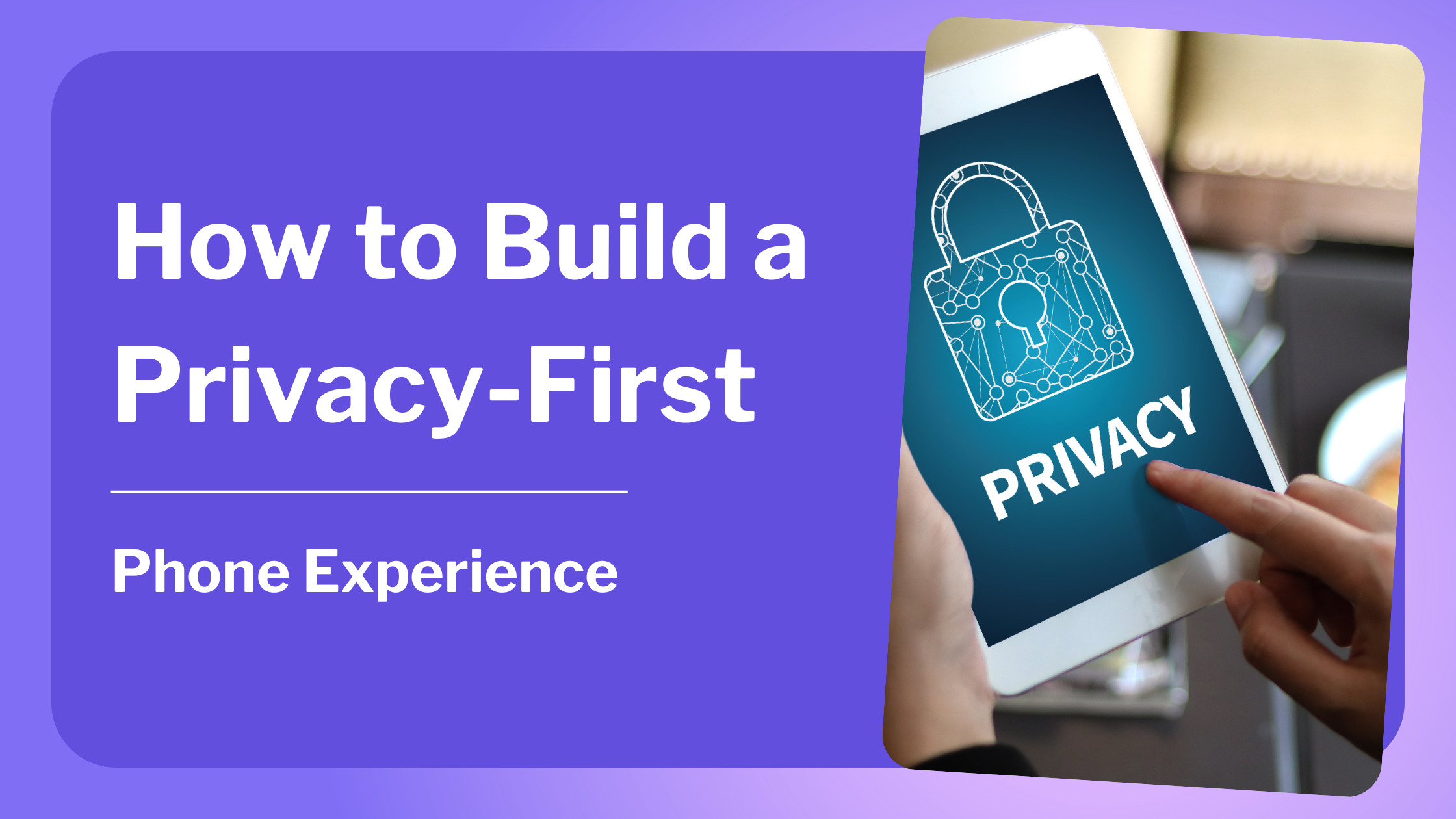
Published 09/18/25
Your Phone, Your Privacy
Phones are incredible. They connect us to people, work, entertainment, and the entire world. But here’s the problem: most phones are designed for convenience first, and privacy second.
That’s why building a privacy-first phone experience matters. It means creating an environment where your data, your number, and your boundaries are always protected—without sacrificing usability.
Here’s how to do it.
Step 1: Start with Call Boundaries
Unknown calls are the easiest way for scammers and harassers to break through your privacy.
 Privacy-first habit:
Privacy-first habit:
Silence unknown numbers in your phone settings.
Use iCaughtYou to unmask hidden callers so you know who’s really on the other end.
Your phone line is your front door. Don’t let just anyone walk in.
Step 2: Use Blacklisting for Long-Term Protection
Blocking works once. Blacklisting works permanently.
 Privacy-first habit:
Privacy-first habit:
Maintain a blacklist for repeat offenders.
Don’t just block individuals—stop entire patterns of harassment from breaking through.
With iCaughtYou, blacklisting becomes effortless and future-proof.
Step 3: Manage App Permissions
Apps love to collect more data than they need. Microphones, contacts, call logs—these permissions often work quietly in the background.
 Privacy-first habit:
Privacy-first habit:
Regularly audit app permissions in your settings.
Revoke access that isn’t essential.
Less access means fewer leaks of your private life.
Step 4: Keep Control of Your Number
Your phone number is a key to your identity. Scammers and data brokers use it to track, profile, and exploit you.
 Privacy-first habit:
Privacy-first habit:
Avoid giving your number out casually.
Use alternate contact methods (like email) when possible.
Unmask unknown callers before engaging.
Every call you control is one less opportunity for someone else.
Step 5: Record and Recall Safely
Memory slips. Scammers twist words. Having a record can mean the difference between clarity and confusion.
 Privacy-first habit:
Privacy-first habit:
Record important calls (while following consent laws).
Keep recordings secure in apps like iCaughtYou.
Delete what you don’t need to avoid unnecessary risks.
Recording isn’t just about disputes—it’s about protecting your side of the story.
Step 6: Refresh Regularly
Privacy isn’t one-and-done. Threats evolve. Numbers change. Apps update.
 Privacy-first habit:
Privacy-first habit:
Review your blocklist and blacklist once a month.
Check app permissions quarterly.
Stay aware of the latest phone scam trends.
Think of it like digital housekeeping—simple upkeep that makes your whole environment safer.
Why iCaughtYou Belongs in a Privacy-First Phone Setup
Privacy-first doesn’t have to mean complicated. With iCaughtYou, you get:
Unmasking tools for hidden and blocked numbers
Blacklisting that actually sticks
Recording & recall to keep your own receipts
It’s not just about stopping interruptions. It’s about creating a phone space where you feel confident, secure, and in control.
Bottom Line: Privacy Is a Choice You Can Build
Phones aren’t built with your privacy as the top priority—but you can change that. With smarter habits and tools like iCaughtYou, you can build a phone experience that protects you every day.
Because your phone should be yours—and only yours.
Start Building Your Privacy-First Phone Today
Take control of your phone environment. Protect your privacy with iCaughtYou
Protect your privacy with iCaughtYou
Further Reading
Are You Oversharing Without Knowing It? – iCaughtYou Blog